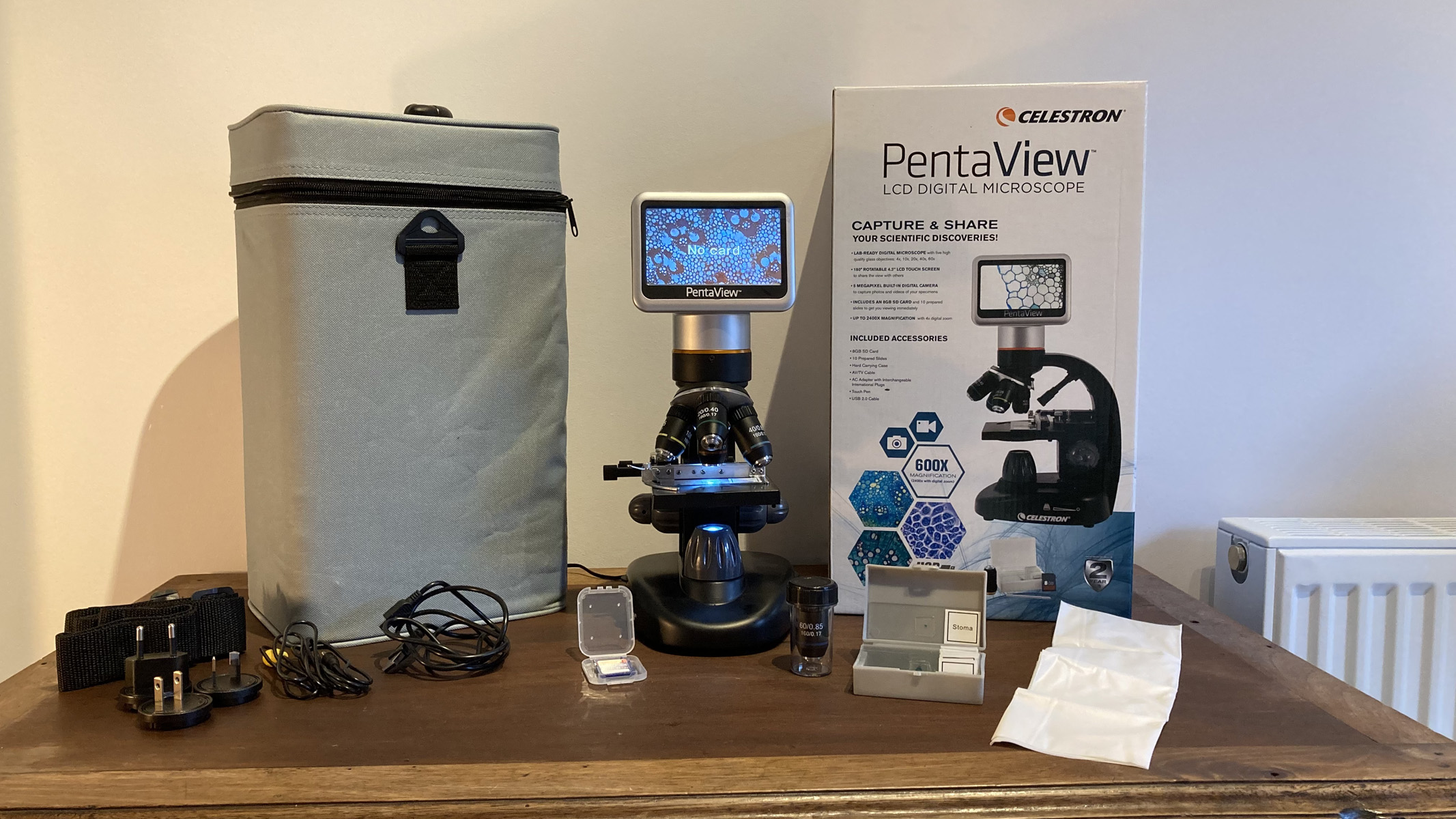JMSE, Vol. 11, Pages 236: Preliminary Design Tools for Hydrodynamic Aspects of Submerged Impermeable Breakwaters
Journal of Marine Science and Engineering doi: 10.3390/jmse11020236
Authors: Daniel Bar Nitai Drimer
The boundary element method (BEM) with Lagrangian formulation is a conceptually simple and efficient method for the simulation of nonlinear wave shoaling, with or without impermeable coastal structures, up to the wave breaking. However, in post-breaking flows, the domain is no longer simply connected, and the BEM is not efficient for the generation of a new free surface. Volumes of fluid (VOF) methods are made to track the fluid-free surfaces after breaking, but they are more numerically complex and less efficient relative to the BEM before breaking. This study presents a numerical model, named BELWF—boundary elements Lagrangian wave flume—for the mathematical simulation of two-dimensional wave flumes. The BELWF can simulate the hydrodynamics of wave shoaling over a coast profile, with submerged impermeable coastal structures of any geometry. The developed model is applied to simulate and study Geotube structures. The BELWF is validated by comparisons with OpenFOAM simulations. Both the BELWF and OpenFOAM simulations show that the most critical state, regarding the sliding stability of the Geotube, occurs, typically just before breaking, where the BELWF reasonably assesses the wave loads and the sliding stability. Hence, the BELWF is a valid and efficient method for the preliminary design of impermeable coastal structures. Finally, the BELWF is applied to simulate a practical design example of a complete shoaling process along a sloped shore with a Geotube structure at the shallow water, which develops a plunging breaker. The simulation well captures the critical event considering the sliding stability of the structure.

 1 year ago
58
1 year ago
58


